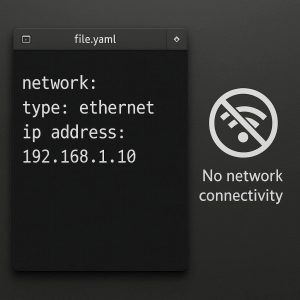To start off the New Year, we all have resolutions that we set (eat less, exercise more, work harder, etc.). My wife and I have decided that we should go walking every morning before work, and any afternoon that isn’t interrupted by finishing work late. This I believe is achievable as we are working together and motivating each other at the same time.
There are many types of RAID that you can choose from, each providing their own form on redundancy or performance.
- RAID 0 “Stripe” = Two or more disks sharing data between to increase performance and capacity. The multiple disks will be seen as one large drive, this also increases performance as data is split between the drives and is read at the same time cutting down read times.
RAID 0 is not designed for production uses and does not offer redundancy if a hard drive fails. In most cases you will not be able to retrieve data as part of it may be sitting on the dead hard drive. -
RAID 1 “Mirror” = RAID 1 is the first level of redundant RAID. It requires at least double the amount of drives you are going to use for data. If one drive is only required then an identical drive is required to copy data to. RAID 1 works by writing data at the same time to both drives creating a failover drive. Data can be read from both drives allowing for higher read performance. RAID 1 can be scaled out to multiple drives, this can be achieved by presenting two lots of RAID 0 drives – This is called RAID 0 + 1 where there is two sets of RAID 0 are mirrored – The other is RAID 1 + 0 where multiple mirrored drives are placed into a RAID 0 set, this is also referred to as a NESTED RAID.
- RAID 5 & RAID 6 “Parity” – In these two RAID levels a parity mathematical calculation is used across three or more drives providing the advantage of RAID 1 with the capacity ability of RAID 0.
RAID 5 allows for one disk to fail without disruption to data, however it does also come with a disadvantage of losing a drive to the total capacity as it is required as the spare to keep the production environment available. Once a replacement drive has been sourced to replace the dead disk, data is replicated back to the new disk to rebuild the RAID array. A Hot Spare is recommended to keep in the chassis in case the drive fails when the data center is unattended to start the rebuild process immediately.
RAID 6 works on the same principal as RAID 5 however it allows for two disks to fail as it loses two drives as spares.
Be aware that the rebuild process is very rough on the disks as they are still working the production environment while also rebuilding the new disk. The best time to rebuild is during after hours when disks are less likely to be used.

Choosing your RAID design is simple if you consider Capacity/Performance/Redundancy. Although, if you choose the wrong RAID level then you may be in trouble as you will be required to go through the lengthy process of copying the data off and recreating the RAID.









